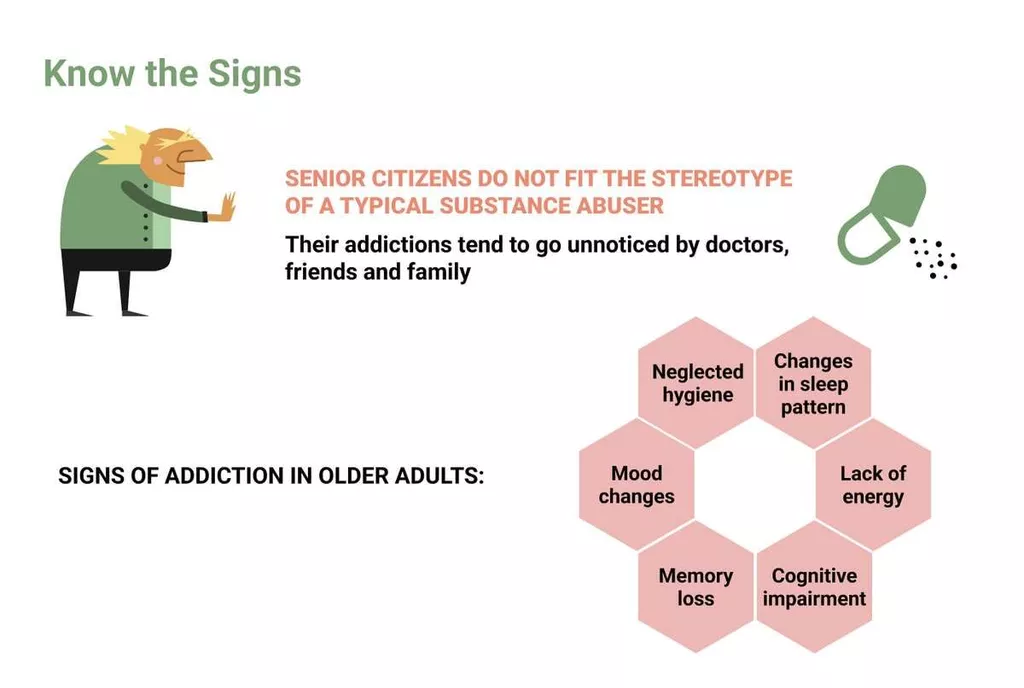
In this study, the authors followed a cohort of more than 5,000 individuals with and without a mental health disorder (but without a drug use disorder) over a 10-year period. Following Alcoholism Statistics the ten-year period, they re-assessed such individuals for whether they had either nicotine, alcohol, or illicit drug dependency. The breakdown of alcohol use disorders by gender for any country can be viewed here; the majority of people with alcohol use disorders – around three-quarters – are male. When we look at national averages in this way, there is no distinct relationship between income and alcohol consumption. In the chart, we see the relationship between average per capita alcohol consumption – in liters of pure alcohol per year – versus gross domestic product (GDP) per capita across countries. The first map shows this in terms of spirits as a share of total alcohol consumption.
Minnesota Alcohol Abuse Statistics

Data on the country with the most alcohol-related deaths varies depending on whether you are looking at recorded alcohol consumption or estimates of unrecorded production and intake. Our World In Data reports Belarus as having the most alcohol-related deaths with 21 per 100,000 individuals dying from alcoholism, followed by Mongolia (16 per 100,000) and El Salvador (15 per 100,000). Singapore, Egypt, and Iraq had the least amount of alcohol-related deaths (less than 1 per 100,000 individuals). The Addiction Center reports that people in their early to mid-20s are the most likely to abuse alcohol and suffer from alcohol use disorders. In a SingleCare survey, 21% of males and 16% of females reported drinking more alcohol as a coping mechanism for anxiety. Environmental causes may include easy access to alcohol or social norms that promote drinking.

Rate of premature deaths due to alcohol
- On average, substance abuse costs approximately 15% of all healthcare costs in the country.
- By default, the data for France is shown – in recent decades, here, the share of beer consumption increased to make up around a fifth of alcohol consumption in France.
- Beginning with data year 2013, Tables of Summary Health Statistics from the National Health Interview Survey are released as online-only tables and replace the Series 10 report format.
- In most countries in this region, the majority of adults have never drunk alcohol.
- Many of these deaths are due to the conditions chronic alcohol consumption causes.
There are various short- and long-term health issues that can result from alcohol use disorder. The less alcohol you drink, the lower your risk for these health effects, including several types of cancer. Discuss this topic https://ecosoberhouse.com/article/10-useful-sobriety-sayings-that-can-help/ with your friends to raise awareness about alcoholism and its impact. If you suspect that you or someone you know is dealing with alcohol addiction, seek immediate help to start the journey toward recovery today.
Drunk driving statistics
For men, this low-risk range is defined as no more than 4 drinks on a given day and no more than 14 per week. More information about alcohol and cancer risk is available in the Surgeon General’s advisory. All authors have completed and submitted the International Committee of Medical Journal Editors form for disclosure of potential conflicts of interest. Adam Sherk reports institutional support from the Canadian Cancer Society and Canadian Institutes for Health Research.

Historical perspective on alcohol consumption
- He excels at gathering and analyzing data, producing detailed statistics on various trending topics that help shape industry perspectives.
- Fetal alcohol spectrum disorders (FASDs) result from alcohol consumption during pregnancy, leading to many affected children.
- While detoxing from alcohol, respondents’ withdrawal symptoms lasted for an average of 4.83 days.
Most alcoholics die from long-term health problems caused by alcohol, such as liver disease, heart problems or cancer. More than 95,000 people die each year in the United States as a result of excessive alcohol consumption, as reported by the CDC. Data on the world’s most consumed alcohol varies depending on whether you’re looking at recorded alcohol consumption or estimates of unrecorded production and intake. Many publications report Baijiu, an alcoholic beverage from China, as the world’s most consumed alcohol. According to the Journal of Ethnic Foods, Baijiu is a clear and distilled Chinese liquor produced from sorghum, wheat, rice, or other grains.

Physical causes may include damage to the brain or nervous system as a result of long-term alcohol abuse. Of the adolescents currently using alcohol, approximately 4.2 million (11.1%) reported binge drinking, while 825,000 (2.2%) reported heavy alcohol use. Economists as well as healthcare and addiction specialists agree the pandemic and quarantines of 2020 had a significant impact on nationwide alcohol consumption.
- Excessive alcohol use is a term used to describe four ways that people drink alcohol that can negatively impact health.
- The risk of an alcohol use disorder is highest in individuals with intermittent explosive disorder, dysthymia, ODD, bipolar disorder, and social phobia.
- Alcohol Use Disorder and alcoholism have damaged some groups or demographics more than others.
- Although experiences differ from one individual to the next, it is important to understand key alcohol definitions, statistics and facts.
Vermont Alcohol Abuse Statistics
Culture refers to the shared beliefs, Alcohol Use Disorder values, customs, behaviors, and artifacts that characterize a group or society. This category includes metrics such as language diversity, cultural heritage sites, artistic and literary achievements, and tourism. Culture can be a source of national pride and identity, and can also influence economic and social development.
- Date - 22 décembre 2021